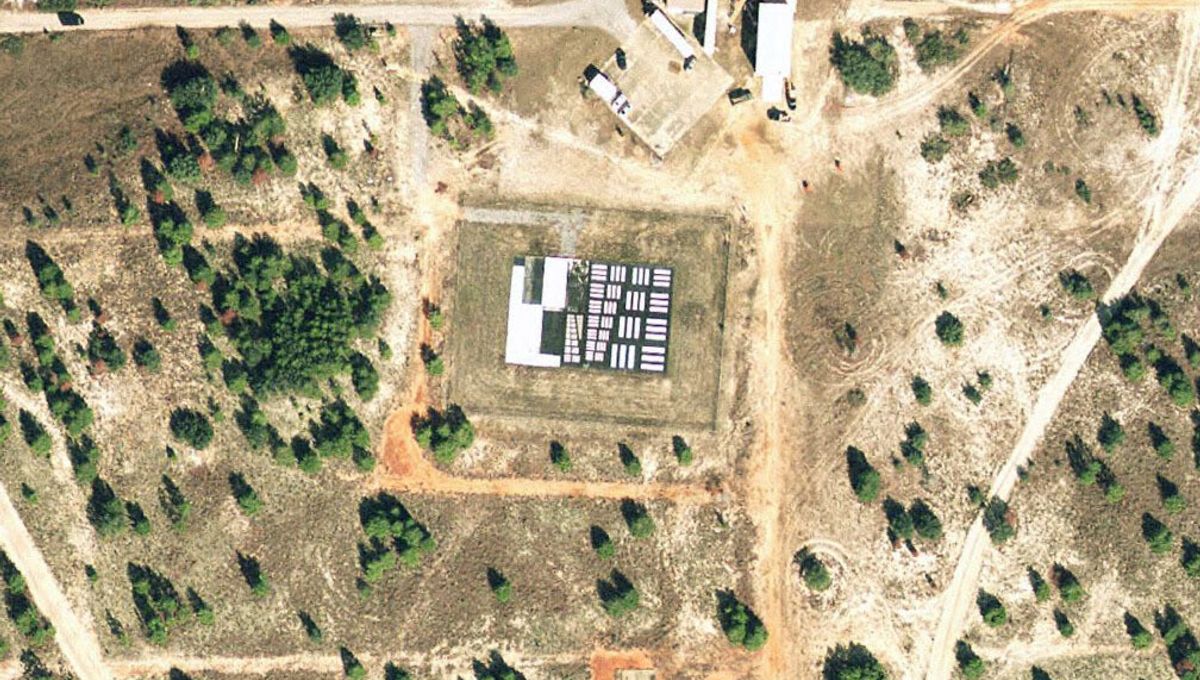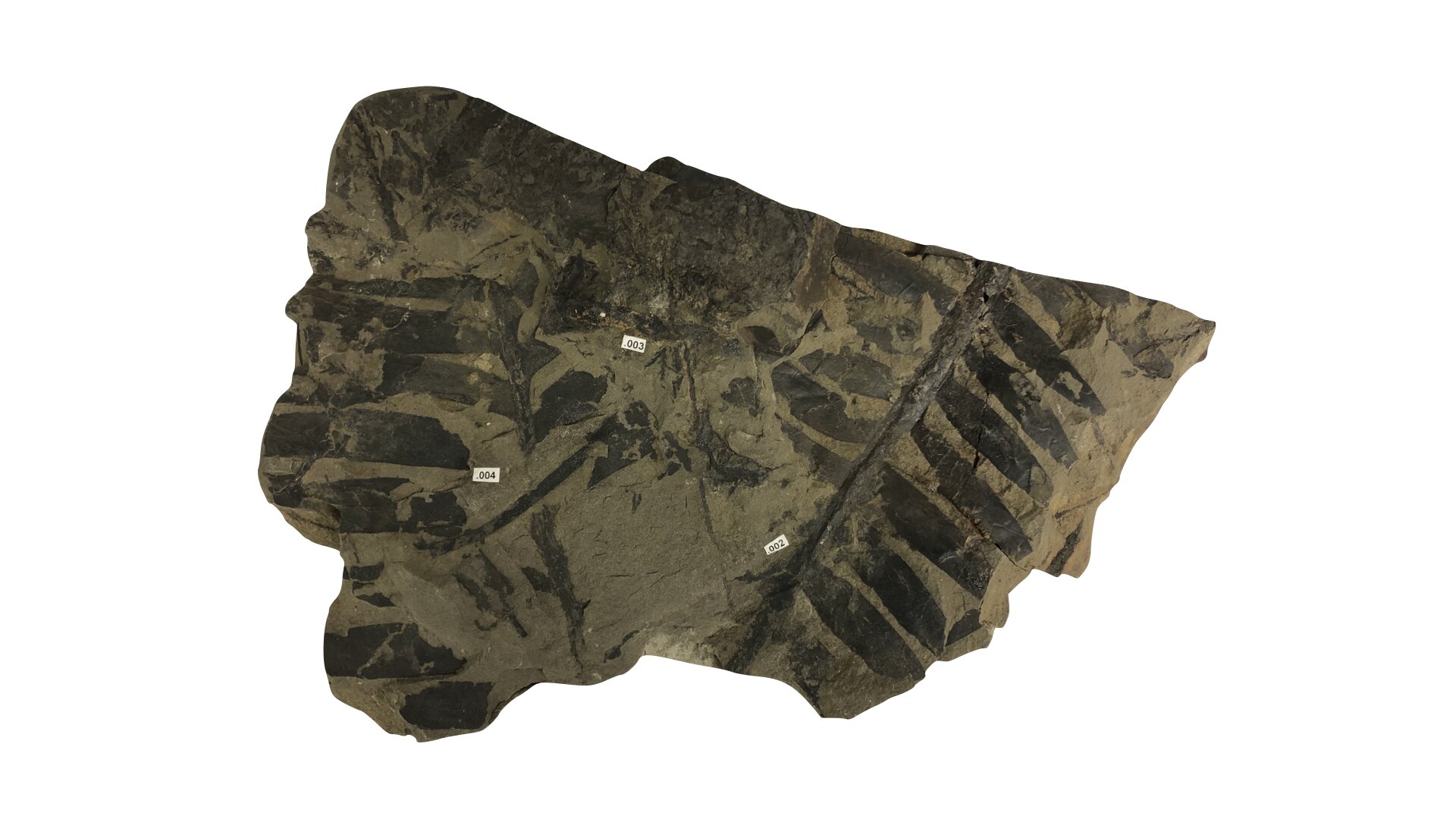Step into the world of aerial and satellite cameras in the 20th century, where strange symbols played a crucial role. These symbols, created during the height of the Cold War in the 1950s and ’60s, were used to calibrate lenses and enhance aerial reconnaissance technology.
On the ground, these symbols take the form of thick black or white paint on concrete or asphalt pads. They are smaller than a basketball court and consist of organized bar-shaped lines. These lines serve as a calibration tool for planes and satellites, allowing them to fine-tune the optical resolution of their imaging equipment.
According to the (CLUI), these targets function like an eye chart at the optometrist. They determine the limit of resolution for the optical instruments used in aerial photography and satellite imaging. They provide a platform for testing, calibrating, and focusing cameras at different speeds and altitudes.

The CLUI suggests that these targets were likely used during the testing of iconic US aircraft from the Cold War era, such as the SR-71 Blackbird and the U-2.
In today’s advanced technological landscape, these calibration targets are no longer necessary. However, remnants of these massive barcodes can still be found across the US, particularly near airforce bases.
Examples of these impressive structures can be seen near Eglin Air Force Base in Florida, the Nevada Test Site, Fort Huachuca in Arizona, Wright-Patterson Air Force Base in Ohio, Travis Air Force Base in California, Marine Corps Air Station Beaufort in South Carolina, and Shaw Air Force Base in South Carolina.

Similar structures can also be found in other parts of the world. In 2011, internet sleuths stumbled upon peculiar formations in the Chinese desert while exploring Google Maps. Some were square, while others featured massive zig-zags. One even displayed giant characters of the Chinese alphabet on a hillside.
Although the nature of these structures sparked much debate, it was widely believed that they were connected to China’s reconnaissance satellites.








